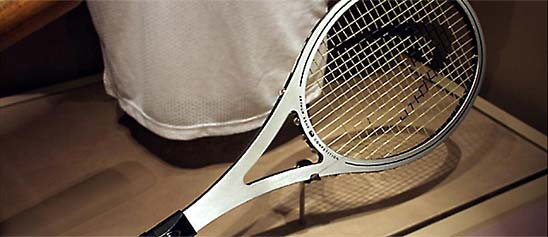2012 Iditarod sports card of apprentice lead dog, Pele, sponsored by Happy Trails Kennel which is owned and operated by musher, Martin Buser. Buser emigrated to Alaska from Switzerland in 1979 and opened his sled dog breeding and training facility, the Happy Trails Kennel.
- Description (Brief)
-
2012 Iditarod sports card of apprentice lead dog, Pele, sponsored by Happy Trails Kennel which is owned and operated by musher, Martin Buser. Buser emigrated to Alaska from Switzerland in 1979 and opened his sled dog breeding and training facility, the Happy Trails Kennel. Buser chooses dogs from sprint racing champions and breeds them with dogs that are athletically well built and then trains them for long distance races such as the Iditarod. He had many skeptics in the beginning but has run in every Iditarod since 1986, winning four times so he must be doing something right. Buser has won the Leonhard Seppala Award for the most humanitarian care of his dogs in 1988, 1993, 1995, 1997, and 2014.
-
The Iditarod Sled Dog Race is an extreme sports challenge that tests the skill and endurance of competitors while celebrating Alaska’s sled dog culture and history. Teams of 12 to 16 dogs, primarily Alaskan Huskies, and their musher experience harsh terrain and weather conditions during the 1,150 mile run from Anchorage to Nome. In its modern iteration as an extreme sport, the Iditarod takes an intense physical toll not only on the human competitors but also on the sled dogs. The race follows a large network of Native trade and travel routes which travelers used when gold was discovered in the isolated town of Iditarod. This discovery led to a “rush” of miners and settlers from across the country, transforming the trail into the region’s main mail and supply route. The area’s harsh winter conditions made sled dog teams the main source of transportation along the Iditarod Trail and it is this rich history which the Iditarod race celebrates today. In 1978 Congress designated the 2300 mile Iditarod Trail as a National Historic Trail recognizing its importance in the shaping of America. Through its beginnings as a regional story, the Iditarod provides us the opportunity to explore the American Experience through the origins of the Iditarod National Historic Trail and the transformation of the Alaskan sled dog culture into an international sport. The Iditarod is now the largest and most prominent sled dog race in the world, attracting international competitors and world-wide media attention.
- Location
-
Currently not on view
- date made
-
2012
- ID Number
-
2013.3036.27
- nonaccession number
-
2013.3036
- catalog number
-
2013.3036.27
